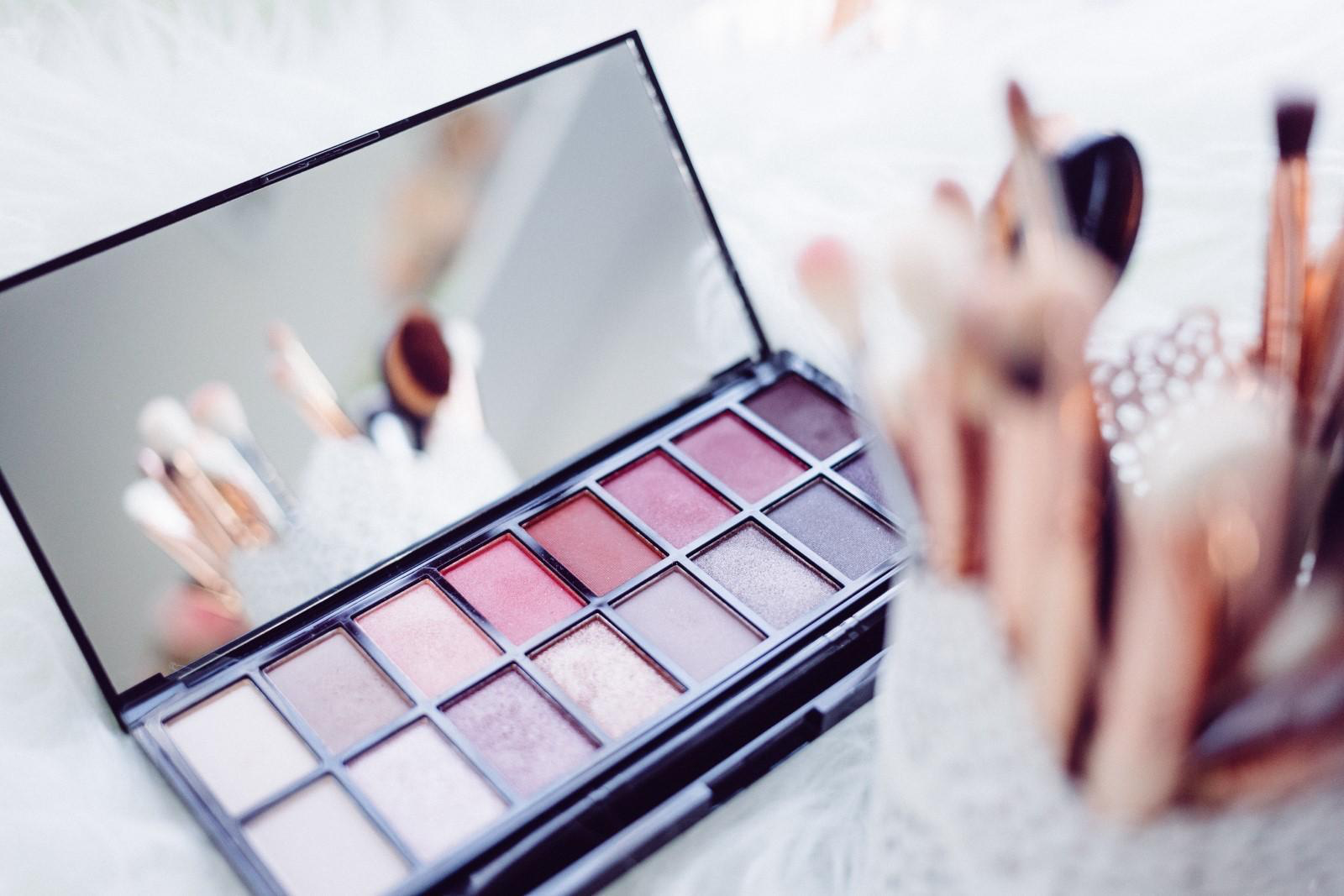Photo By: Clem Onojeghuo on Unsplash
Black tie is a dress that originated in 19th-century British and American dress codes. Presenting yourself in a swell suit and tie or a one-of-a-kind gown, at the right occasion of course, somehow screams elegant, posh, elite, regal – even if you are just a Cinderella who was lucky to have a magical fairy godmother.
You have seen how celebrities are treated on the red carpet. Black-tie is a dress code that embodies formality. It shows the grandeur of the event you are attending and it calls for a certain demeanor that our everyday t-shirt and sweats can never uphold.
Let’s look at the classic example of casinos. We see it in movies all the time – can you picture James Bond any other way than in a sleek form-fitting black number? The idea behind the black-tie dress code in casinos was to create an atmosphere of luxury and opulence so players feel confident and relaxed as they play the different games.
Black Tie in Africa
In Africa, we have different occasions that call for black-tie dress including the opera, ballet concerts, state dinners, balls, galas, award ceremonies and those classy weddings.
Men wear black suits with African print bowties or pocket squares that match their partner’s dress, or put on a whole matching jacket.
Image credit:Pinterest
Ladies experiment with different prints and colours, but you’ll mostly find Ankara (batik inspired wax-print) dresses. Our culture is not as strict as the British or American style, so a simple flattering dress from retailers like Ackermans or Jet will work just as well if paired with the right shoes and jewellery.
Most ladies prefer accessories that range from classy head-gear to chunky beads and bracelets mostly resembling cultural dress.
Image credit: https://www.pinterest.com
Image credit: Alberto E. Rodrigues on Getty Images
We got a bit curious and wondered if different cultures around the world interpret black tie the same way we do, and here’s what we found.
Black Tie in America, Europe and the UK
The dinner suit or dinner jacket is often referred to synecdochically as the dress code’s main part for males in America, the UK and Europe.
In general, this is how black tie is interpreted:
For men –
Mainly, black dinner jacket with matching black trousers
Pleated white dress shirt or a white evening shirt
Black socks
Black formal shoes
Bow Tie
Cufflinks
Optionally – a Cummerbund or Waistcoat
Photo by OSPAN ALI on Unsplash
For Women –
Full or knee-length dress, but no shorter
Costume jewellery or simple bracelets (nothing too bling)
A pantsuit that is not form-fitting
Evening bag
*The dress does not necessarily need to be black, unless the invite states explicitly so.
Both parties cannot wear hats.
Photo By: Pedro Miranda on Unsplash
Black Tie in Asia
Not too different from the version above, men in Asia wear a black tuxedo with a bowtie or tie. The colour of the jacket and tie/bowtie should be black as the name suggests, but in today’s world, one can experiment with colours as long as it’s done tastefully.
Ladies wear floor-length dresses or skirts. You can show some flesh with a high slit or a little décolletage as long as you keep it classy.
In Japan though, as a conservative society, it is advisable that ladies wear a bolero or a shawl over sleeveless dresses in order to cover their shoulders. It is a sign of respect, just as it is with some of our African societies.
Final words
Black-tie is a special occasion attire worldwide. The fabrics and styles may differ here and there, but the formality it commands still exists. Whilst back in the day it was worn strictly after 6 pm, nowadays some afternoon events that require an elegant ambiance call for it.
Right now you may not be able to attend many of these events in person, but you can still be inspired to put on your best suit or gown for your virtual graduation or awards ceremony and enjoy the moment.



